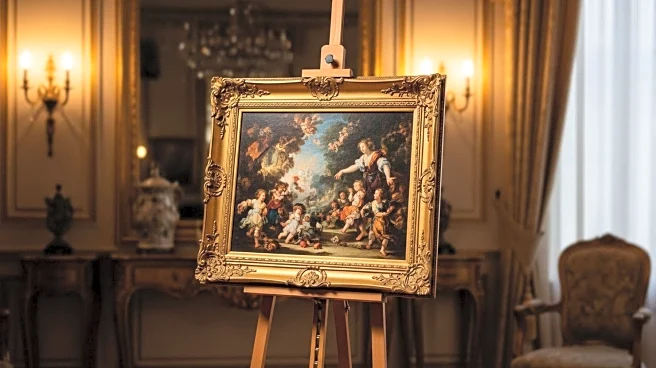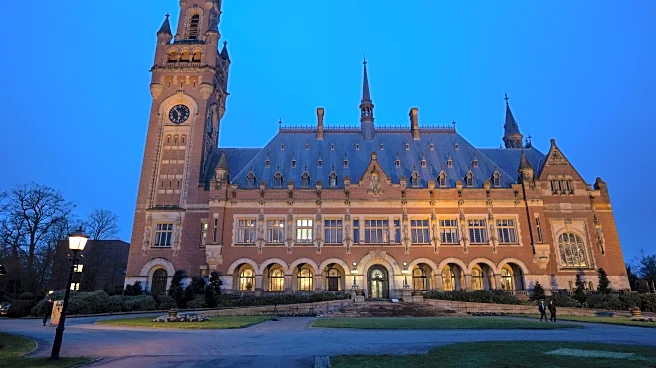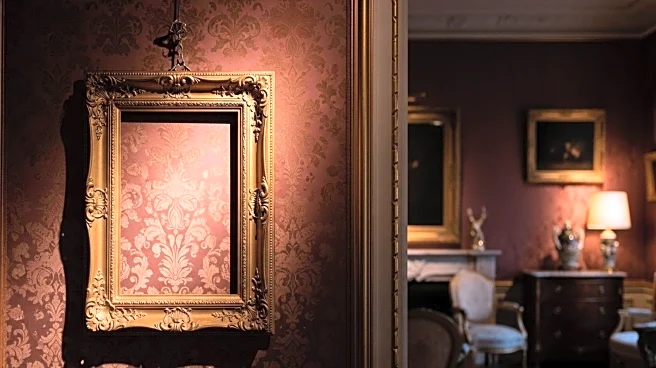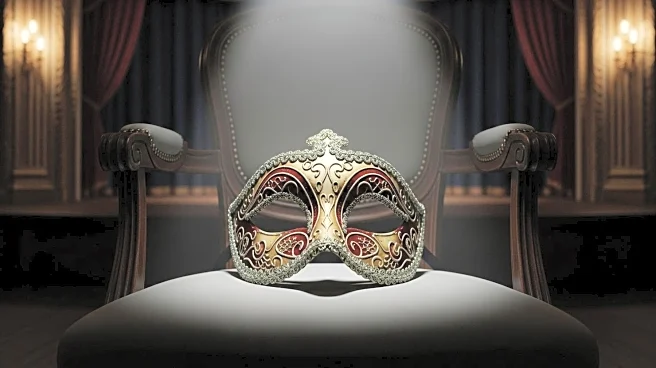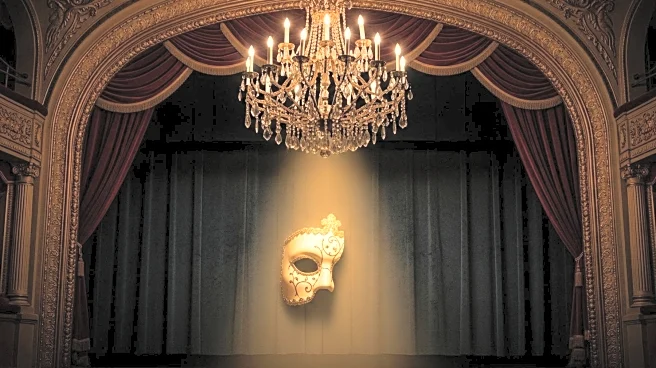What is the story about?
What's Happening?
A long-lost painting by Peter Paul Rubens, depicting Jesus Christ's crucifixion, has been discovered in a Paris mansion by French auctioneer Jean-Pierre Osenat. The artwork, titled 'Christ on the Cross' and dated 1613, was found while preparing the sale of a private residence in Paris's 6th district. The painting, measuring 42 by 29 inches, is considered a significant find due to its rarity and excellent condition. It was authenticated by German curator Nils Buttner and certified through various methods, including X-ray imaging and pigment analysis. The painting is set to be auctioned on November 30 by Osenat's auction house in Fontainebleu, France.
Why It's Important?
The discovery of a Rubens painting is a notable event in the art world, given the artist's historical significance and the rarity of his works. This find could impact the art market, potentially attracting significant interest from collectors and institutions. The authentication and upcoming auction of the painting may also influence the valuation of similar artworks, highlighting the importance of provenance and condition in art sales. Additionally, the painting's historical context, being created by a Protestant who converted to Catholicism, adds cultural and religious significance to the piece.
What's Next?
The painting will be auctioned on November 30, and it is expected to draw considerable attention from art collectors and historians. The sale could set a precedent for the valuation of similar works by Rubens and other Baroque artists. The auction may also prompt further exploration of the mansion's history and its previous owners, potentially uncovering more hidden treasures. Art institutions and private collectors will likely monitor the auction closely, considering the painting's historical and artistic value.
Beyond the Headlines
The discovery of the Rubens painting raises questions about the preservation and documentation of historical artworks. It highlights the role of auctioneers and art historians in uncovering and authenticating lost pieces, emphasizing the importance of expertise in the art market. The painting's religious theme and its creation during Rubens's conversion period may also spark discussions on the intersection of art and faith, exploring how personal beliefs influence artistic expression.
AI Generated Content
Do you find this article useful?
